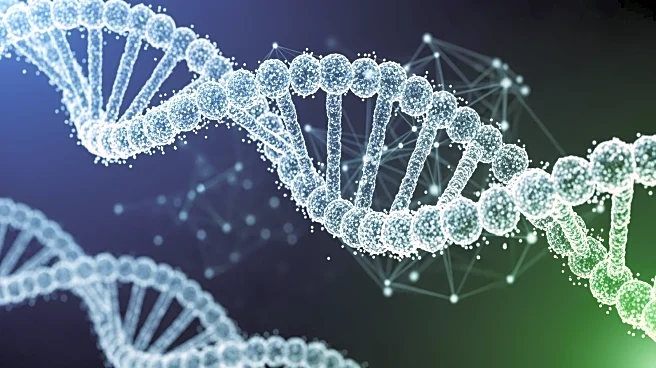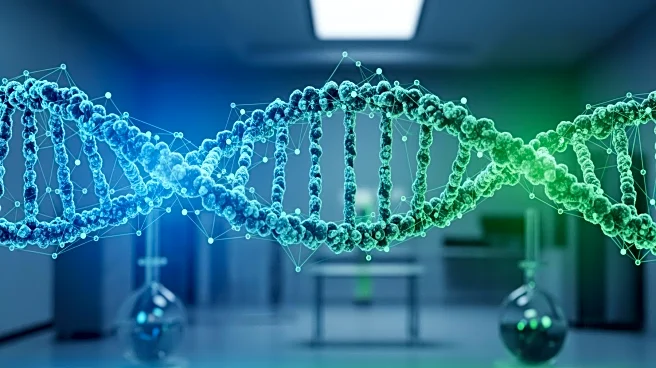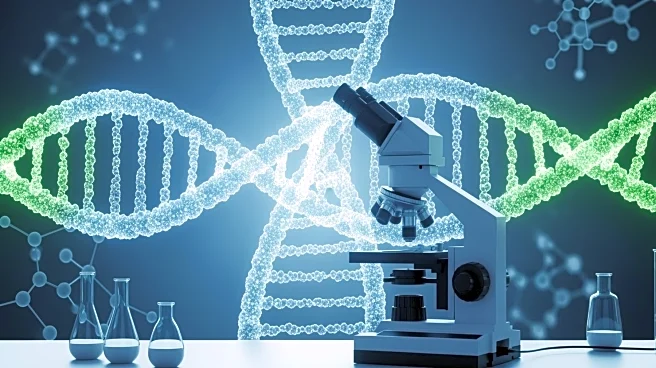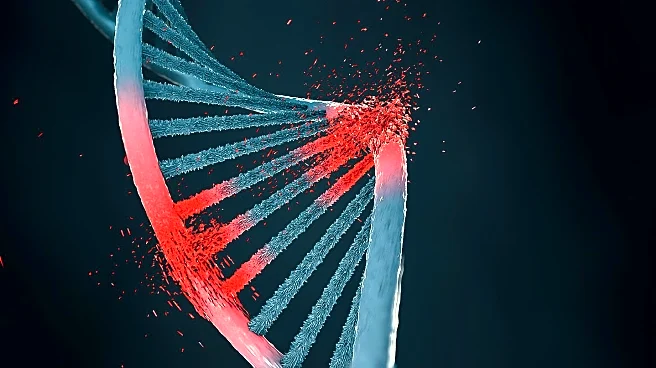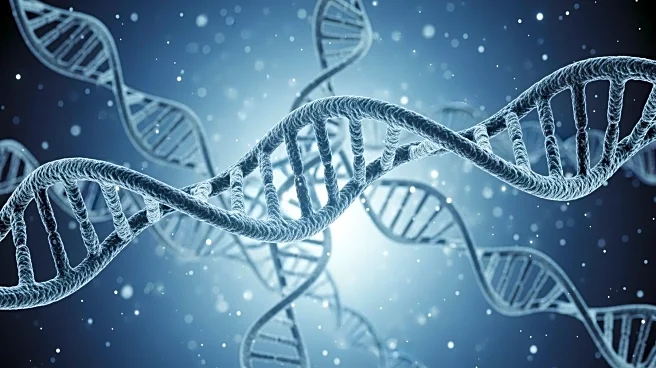What's Happening?
A new framework called DirectRM has been developed to improve the detection of RNA modifications using direct RNA sequencing data. This framework integrates deep learning models to identify multiple RNA modifications simultaneously,
offering a significant advancement over traditional methods. DirectRM utilizes a combination of binary de novo detection models and integrated multi-label models to accurately identify and classify RNA modifications. The framework has demonstrated superior performance in detecting modifications such as m6A and Ψ across various human and mouse cell lines, as well as viral RNA samples. DirectRM's ability to handle complex modification patterns and its adaptability to different sequencing chemistries make it a versatile tool in the field of epitranscriptomics.
Why It's Important?
The development of DirectRM is significant as it addresses the limitations of existing RNA modification detection tools, which often struggle with complex modification patterns and require extensive prior knowledge. By leveraging deep learning, DirectRM can process high-dimensional data and adapt to new sequencing chemistries, providing more accurate and comprehensive modification profiles. This advancement has the potential to enhance our understanding of RNA modifications and their roles in gene expression regulation, disease mechanisms, and viral pathogenesis. Researchers and clinicians stand to benefit from more reliable data, which could lead to improved diagnostic and therapeutic strategies.
What's Next?
The DirectRM framework is expected to be further validated and optimized for broader applications in various biological contexts. Future developments may include expanding its capabilities to detect additional modification types and integrating it with other omics data for a more holistic view of cellular processes. Researchers may also explore its application in clinical settings, where accurate RNA modification profiling could inform personalized medicine approaches. As the framework gains traction, it could become a standard tool in epitranscriptomic research, driving new discoveries and innovations.
Beyond the Headlines
The introduction of DirectRM highlights the growing importance of integrating artificial intelligence with biological research. This approach not only enhances the accuracy and efficiency of data analysis but also opens new avenues for exploring complex biological phenomena. The ethical implications of using AI in research, such as data privacy and algorithmic bias, will need to be carefully considered as these technologies become more prevalent. Additionally, the framework's success underscores the potential for interdisciplinary collaboration between computer scientists and biologists to solve challenging problems in life sciences.
